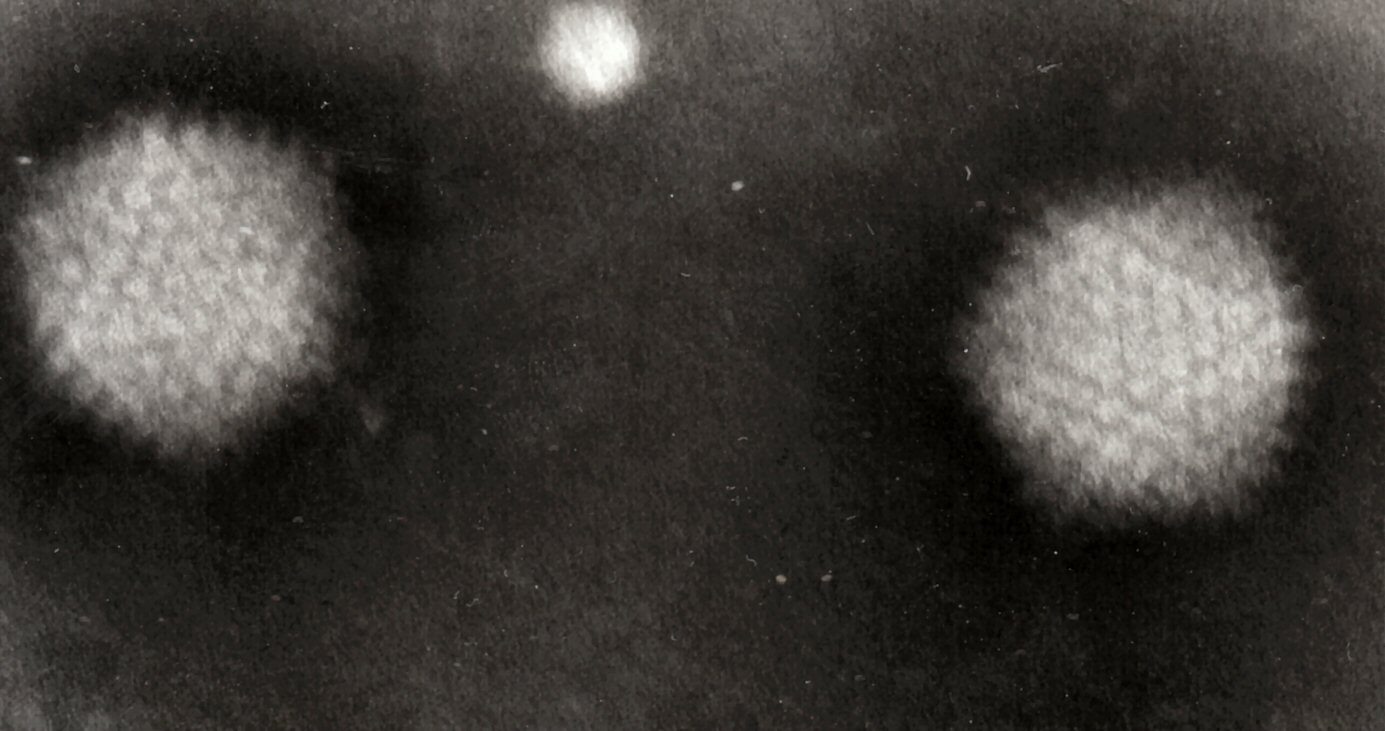
There is a need for short and safe all-oral treatment of rifampicin-resistant tuberculosis. We compared outcomes up to 24 months after treatment initiation for patients with rifampicin-resistant tuberculosis in South Africa treated with a short, all-oral bedaquiline-containing regimen (bedaquiline group), or a short, injectable-containing regimen (injectable group).

Neisseria gonorrhoeae is one of the most common curable sexually transmitted infections (STI) with an estimated 78 million new gonorrhoea cases worldwide each year [1]. Since the dawn of the antibiotic era, strains of N. gonorrhoeae resistant to guideline-recommended antibiotics have emerged, beginning with penicillin and moving through tetracyclines, spectinomycin, fluoroquinolones and, more recently, treatment failures with macrolides and oral third-generation extended-spectrum cephalosporins [2,3].

On Thursday, April 21, 2022, CDC issued the Health Alert Network (HAN) Health Advisory to notify clinicians and public health authorities of children identified with hepatitis (CDC Hepatitis) and adenovirus infection (CDC Adenovirus). A cluster of pediatric cases of significant liver injury with positive adenovirus infection have been identified and reported to CDC since November 2021. A possible association between pediatric hepatitis and adenovirus infection is currently under investigation after subsequent laboratory testing identified adenovirus type 41 infection in several cases. Clinicians are recommended to consider adenovirus testing and to report such cases to their state or jurisdictional public health authorities and to CDC.

Reinfection after primary SARS-CoV-2 infection is uncommon in adults, but little is known about the risks, characteristics, severity, or outcomes of reinfection in children. We aimed to assess the risk of SARS-CoV-2 reinfection in children and compare this with the risk in adults, by analysis of national testing data for England.

It's not often that a failed clinical trial leads to a scientific breakthrough.

Fluorescent tools such as green fluorescent protein (GFP) have been used extensively as reporters in biochemistry and microbiology, but GFP and other conventional fluorescent proteins are restricted to aerobic environments.

After living for more than 2 years with COVID-19—with over 6·2 million confirmed deaths (but probably many more, with an estimated 20 million excess deaths) and over 510 million confirmed cases—the world is at a critical point.

In a series of studies since 2020, a Yale team has shown that measuring COVID-19 RNA in sewage can provide insights into the course of the pandemic. New research based on wastewater data suggests that many more people had been infected with COVID-19 by May 2021 than official case counts indicated.

Reveals that good IPC programmes can reduce health care infections by 70%

Microviruses encompass an astonishing array of small, single-stranded DNA phages that, due to the surge in metagenomic surveys, are now known to be prevalent in most environments.







